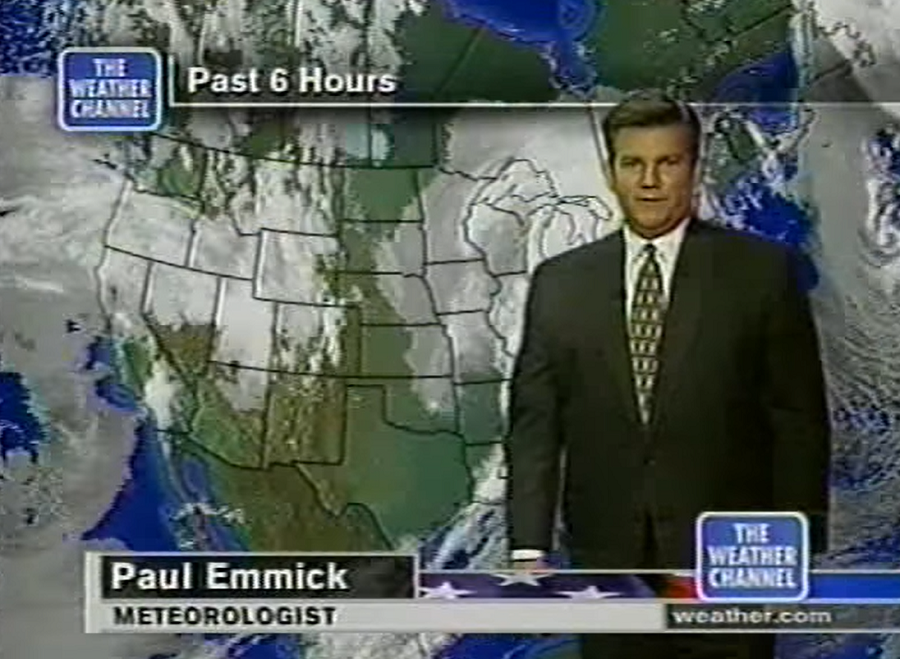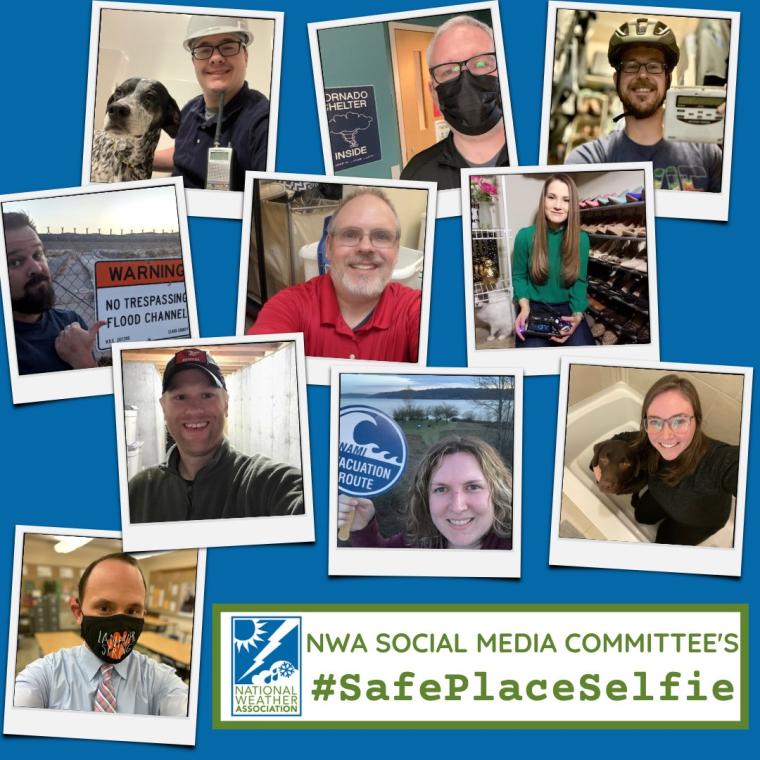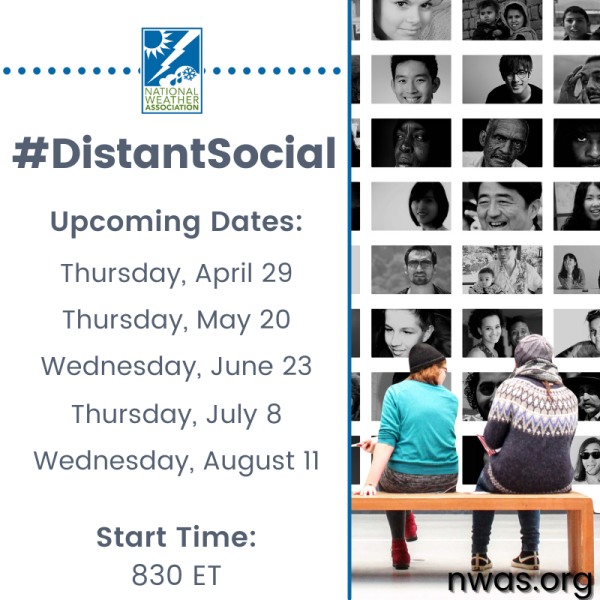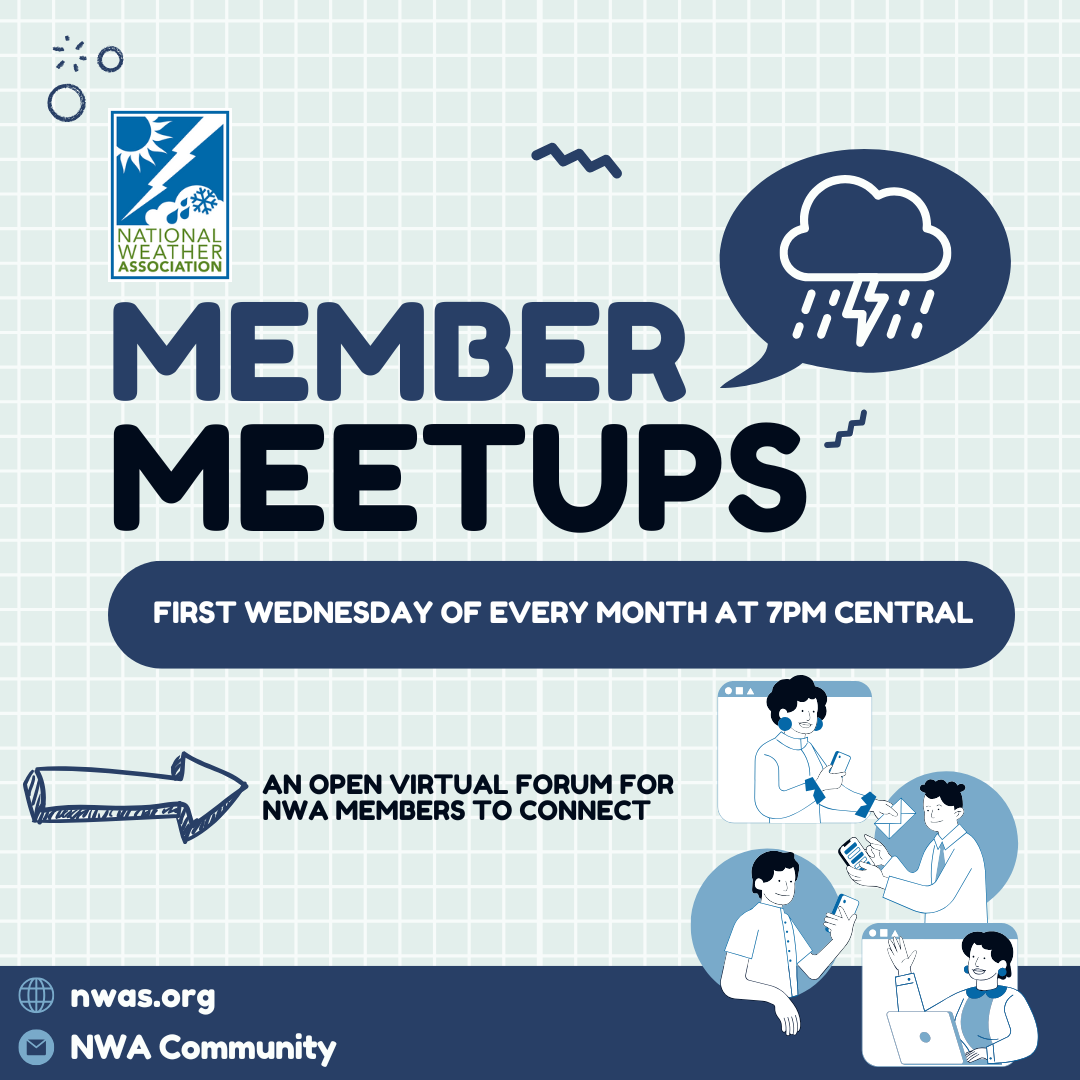 NWA April 2021 Newsletter
Issue 21 - 04
President's Message
This month, we mark the 10-year anniversary of not one but two multi-day, multi-state killer tornado outbreaks: The April 14-16 outbreak from Oklahoma across the Deep South to North Carolina and Virginia, and the April 25-28 super outbreak across the Deep South and Southeastern US. The magnitude of these outbreaks is hard to fathom, and the following month wasn’t much better. In total, tornadoes killed 363 people in April and another 178 in May. The final death toll for the year was 553. Three of those days were historic by themselves—April 15 in Alabama, April 16 in North Carolina, and April 27 in Alabama—and any of those three would have been “the event” we remembered from the year in their own right. Needless to say, a lot of people would just as soon forget April and May of 2011. However, as a weather enterprise, First, we have a deeper appreciation for the contribution that social scientists can make to improve outcomes in events like these. While there had been some social science work within the NWS and elsewhere before, what we have seen in the last decade is a sustained effort to integrate social science insights into our processes, from understanding the different vulnerabilities in different regions to identifying new research-based techniques for communicating what we know to diverse audiences, and more. There is still more integration to be done, but the findings of hybrid projects like VORTEX-SE show what is possible when we work together toward better warnings and fewer casualties. Second, we have seen an explosion in technological improvements that help us understand the atmosphere, predict what it will do next, and get real-time information into warning operations and out to the communities they serve. The dual-polarization rollout had just begun in 2011 and is now the standard, plus new scan strategies provide more frequent updates of the lowest parts of the atmosphere. New satellites from the GOES-R series to new polar orbiting satellites provide more frequent and higher-resolution data than ever before. Advances in both numerical weather prediction techniques and computing platforms enable us to model individual thunderstorms. The advancement of wireless communication technologies allow for real-time streaming of video from the field, for the exchange of geo-targeted weather warnings, for social networks to participate in the preparation ahead of an event, for dissemination of warnings during an event, and for coming together to help after an event. Finally, our industry has opened its eyes to the reality of the mental health implications of working, covering, and reporting on high-end severe weather events. Through the courageous stories of NWS forecasters, broadcast meteorologists, and others, we now know how to recognize the signs of critical incident stress, even for those who may not have been in the field but who know the human toll of the radar signatures and damage reports they were processing in real time. We are also normalizing the conversation about mental health more generally, including the role of professional help when it is appropriate. The heartbreaking loss of lives, homes, and livelihoods from 2011 is still very real to many of us, but our enterprise’s reaction is heartening to me. We are using them to fuel our passion for serving others through research, through forecasting and warning events, through communicating the weather and its impacts with our publics, and through outreach efforts to encourage preparedness for the next event. We cannot stop the atmosphere from doing what it will, but I believe we are in a much better place to serve our communities now than we were a decade ago. And that is why we will never forget the outbreaks of 2011. Annual Award Nominations Due April 29
The deadline to submit nominations for 2021 NWA Annual Awards is approaching fast on April 29. There are several categories to choose from, so we encourage you to submit a nomination or two. The NWA Awards Committee has streamlined the process to make it easy to nominate someone. They are looking forward to reading and learning about all the outstanding accomplishments of your nominee. More information on the NWA Annual Awards Program.
Applying Hiring Interview Adjustments to Benefit Autistic and Non-Autistic Job Candidates in Meteorology Matthew Bolton Stacie Hanes Each year, people on the autism spectrum and their allies recognize April as Autism Awareness/Acceptance Month in the United States; World Autism Awareness Day is April 2. Recent population estimates indicate approximately 1 in 45 adults in the United States has an Autism Spectrum Condition (ASC; Dietz et al. 2020). Autistic people able to complete post-secondary education seem to prefer careers in science, technology, engineering, and math (STEM) fields, including meteorology (Bolton et al. 2018). We likely work and collaborate with autistic people every day without knowing it.
Congratulations New Seal Holders Three individuals have earned the NWA Television Seal since the March Newsletter. Congratulations to you all! NWA staff member Nicole Van Every asked each new Seal Holder a few questions so we can get to know them better.
Laura Bannon - WBBM CBS 2 News | Chicago, IL Q. When did you know you wanted to be a meteorologist? Q. What is your favorite type of weather? Q. What is one activity you enjoy doing during your time off? Q. What is one thing you appreciate about being a member of the NWA?
Dave Nussbaum - CBS 42 News | Birmingham, AL Q. What sparked your interest in meteorology? Q. What do you love to do in your free time? Q. Do you have any unusual/hidden talents? Q. What is your favorite type of weather? Q. What do you love most about being a member of the NWA?
Q. When did you know you wanted to be a meteorologist? Q. What is your favorite type of weather? Q. Do you have any unusual/unexpected talent? Q. What is one activity you enjoy doing during your time off? Q. What is one thing you appreciate about being a member of the NWA? Climate Change Master Class - Seal Holders Earn CEUs Now online—the Climate Reporting Master Class—a free online program designed to help meteorologists and journalists understand, communicate, and report on climate change. The Master Class is organized as topical modules that you can engage with at your own pace and on your own schedule. Each module includes short videos and online resources. View eight or more modules and attend at least one live event to earn a climate reporting certificate from Climate Matters in the Newsroom. Learn the science, impacts, solutions, and communications skills from top experts. NWA Seal holders who receive the certificate for the class can earn two (2) CEUs toward their recertification. Earth Day is on Thursday April 22. The theme is #RestoreOurEarth. If you are looking for ways to participate, check out the action toolkit at EARTHDAY.ORG.
The 2021 Annual Meeting Steering Committee is working hard to make the 46th NWA Annual Meeting (Hybrid) a fantastic experience for both in-person and virtual attendees. Thank you to those of you who responded to our survey. Your answers are helping us make strategic decisions. If you have not had a chance to complete the survey, you can access it here. This meeting will be hybrid, meaning both in-person (in Tulsa, Oklahoma) and virtual attendance options will be offered. The NWA will be using Whova as the virtual platform for content delivery. While details regarding the schedule, full agenda and registration prices are still being worked on, here is what we do know at this time:
Abstracts are currently under review. Dispositions will be sent to authors soon. Virtual attendance will be available to all registrants. More information about hotel registration, conference registration, and agenda will be released soon. The information will be posted on the meeting website and emailed to members and abstract submitters as it becomes available. We look forward to seeing you at the 46th NWA Annual Meeting, whether in person in Tulsa, Oklahoma, or virtually!
Abstract: Although specialized personal and residential Deaf warning technologies exist, receipt and comprehension of tornado warning information from local television is often delayed or misunderstood because of closed captioning deficiencies. In order to suggest improvements for the communication of tornado warnings to Deaf and Hard of Hearing (D/HoH) audiences, interviews and a focus group were conducted within the active tornado counties of Alabama. D/HoH individuals generally use more information sources than the hearing population to better understand their risk. Protective action decision-making by our sample was characterized by more hesitation, uncertainty, and indecision than in the hearing population. The most common suggestion for improving tornado-warning communication was to have an American Sign Language (ASL) interpreter shown on screen with a local television meteorologist during a tornado warning. A split-screen television product with an ASL interpreter in a remote studio was prototyped showing that this type of live broadcast is possible for local tornado-warning coverage. Several screen formats were evaluated by a focus group with the conclusion that the ASL interpreter should be on the left side of the screen without obscuring any part of the weather broadcast. The split-screen product with an ASL interpreter resulted in full access to all broadcast information, the ability to make immediate safety decisions, and was welcomed with excitement by the focus-group participants. This modification, along with the education and preparedness efforts of the National Weather Service, help remedy the information gaps and comprehension delays of this underserved population. --- The JOM publishes submissions in three categories: Article, Short Contribution and Commentary. The JOM is a peer-reviewed, all-electronic journal with an international scope, providing authors with the benefits of economical publication costs and rapid publication following acceptance. If you are interested in submitting a paper to the JOM, please go to the Call for Papers webpage. Thank you to the JOM authors, reviewers and editors for continuing to make JOM a success!
Share the News - NWA Foundation Scholarships and Grants Accepting Applications Sharable electronic flyers are available to promote the NWA Foundation's scholarships and grants that are accepting applications. Please help us educate others about these opportunities. The NWA Foundation Board thanks all who have donated to these funds and to the Foundation in general. You are helping dreams become realities. Click on these images to access clickable and shareable files.  April is Volunteer Appreciation Month - Thank You NWA Volunteers! Paul Emmick was a familiar face to the National Weather Association. A frequent attendee of NWA annual meetings, a member since 1986, and a television sealholder since 1993, Paul started in broadcasting as a disc jockey at the age of 14 and worked in the field until his death April 1.
It’s no wonder that, in addition to his meteorology degree, Paul also studied advertising, had a master’s degree in communication, and a doctorate in law. What’s more, he was a master magician, frequently trading secrets at national conferences with well-known performers in the field. Weather Channel producer Michelle Birnbaum remembers, “He had a thirst for knowledge; he was so accomplished, yet so humble.” Former co-worker Kim Perez Cunningham agrees. “Paul was one of the most driven and interesting people I ever met,” she says. “He always had a story and a plan.” Often his plan involved travel, never missing a chance to visit a new location. For example, when other NWA members flew into Spokane the day before the 2001 annual meeting, Paul flew into Denver a week early, rented an unlimited mileage car, and spent a week sightseeing on his way to Spokane and another week driving a different route back to Denver. If you ever met Paul at an NWA meeting, chances are he remembered your name. Meteorologist Warren Madden notes, “Paul knew everybody. Kevin Bacon had his six degrees, but if you knew Paul, you instantly cut your number to around three.” Other fellow meteorologists were struck by Paul’s infectious personality and helpful guidance. One of the most striking traits of Paul Emmick was his velvety voice. Former co-worker Kristina Abernathy calls it “the greatest voice in the business,” and one of his fans posted on Facebook, “He had a voice as smooth as butter on grits.” In fact, the reason Paul left television after 35 years was to pursue a career as a voice-over artist, joining the Screen Actors Guild and hiring out his polished pipes for numerous local and national commercials. The NWA is grateful for Paul’s 35-year participation in the organization and his dedication to broadcast meteorology throughout his long and memorable career.
The full NWA Event Calendar is located in Member Connect. Have an event to include on our NWA calendar? Submit them to [email protected]! #SafePlaceSelfie Day Campaign Reaches Millions Thank you to all NWA members for participating in the #SafePlaceSelfie campaign! NWA Social Media Committee Chair Morgan Barry reported the following Twitter statistics. All the numbers increased tremendously over those from 2020.
Here are the Social Media Committee members' #SafePlaceSelfies. We can't thank them enough for all the hours they dedicated to this project to support Weather-Ready Nation efforts.
Noteworthy News! NASA's Ingenuity makes history during a successful flight on Mars Monday (April 19), NASA’s Ingenuity Mars Helicopter became the first aircraft in history to make a powered, controlled flight on another planet. The Ingenuity team at the agency’s Jet Propulsion Laboratory in Southern California confirmed the flight succeeded after receiving data from the helicopter via NASA’s Perseverance Mars rover at 6:46 a.m. EDT (3:46 a.m. PDT). NASA full press release
Are you hiring? Reach a variety of candidates through the NWA Jobs Corner. Current Jobs:
National Weather Association | 3100 Monitor Ave, Suite 123 | Norman OK 73072 | 405.701.5167 Publisher: Janice Bunting, NWA CEO Submit newsletter items to [email protected] |



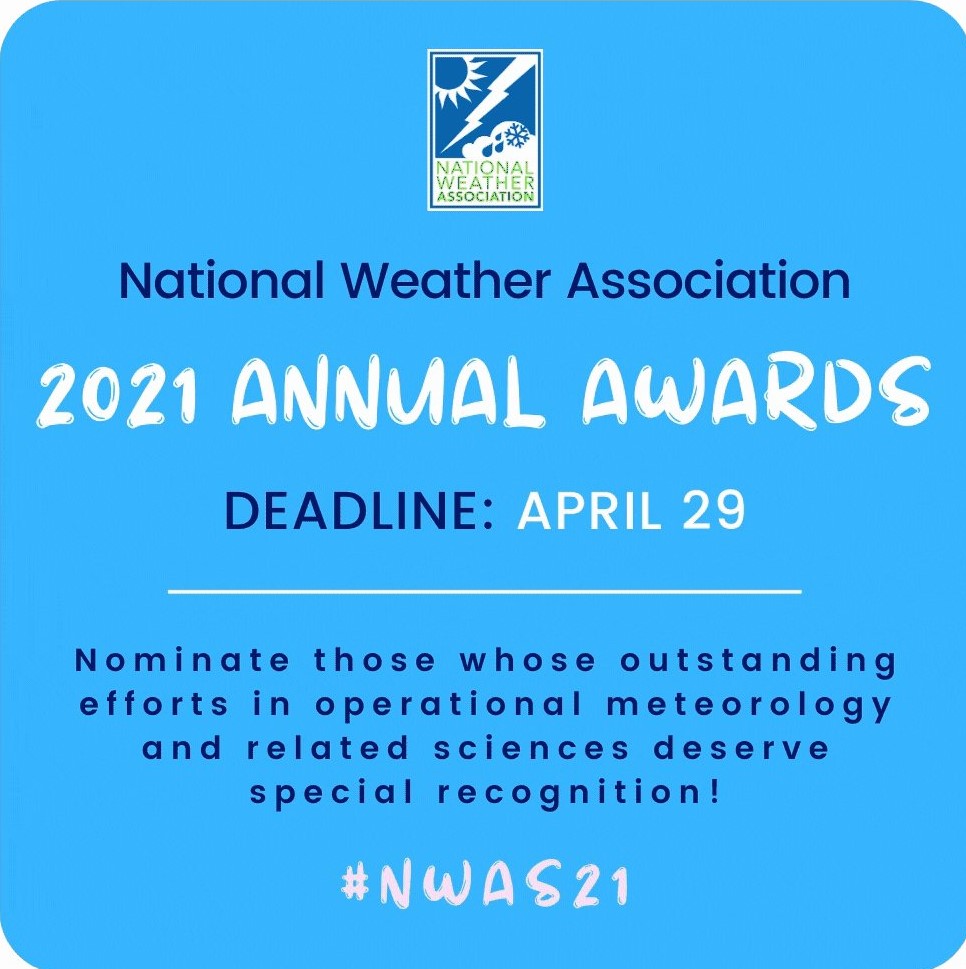

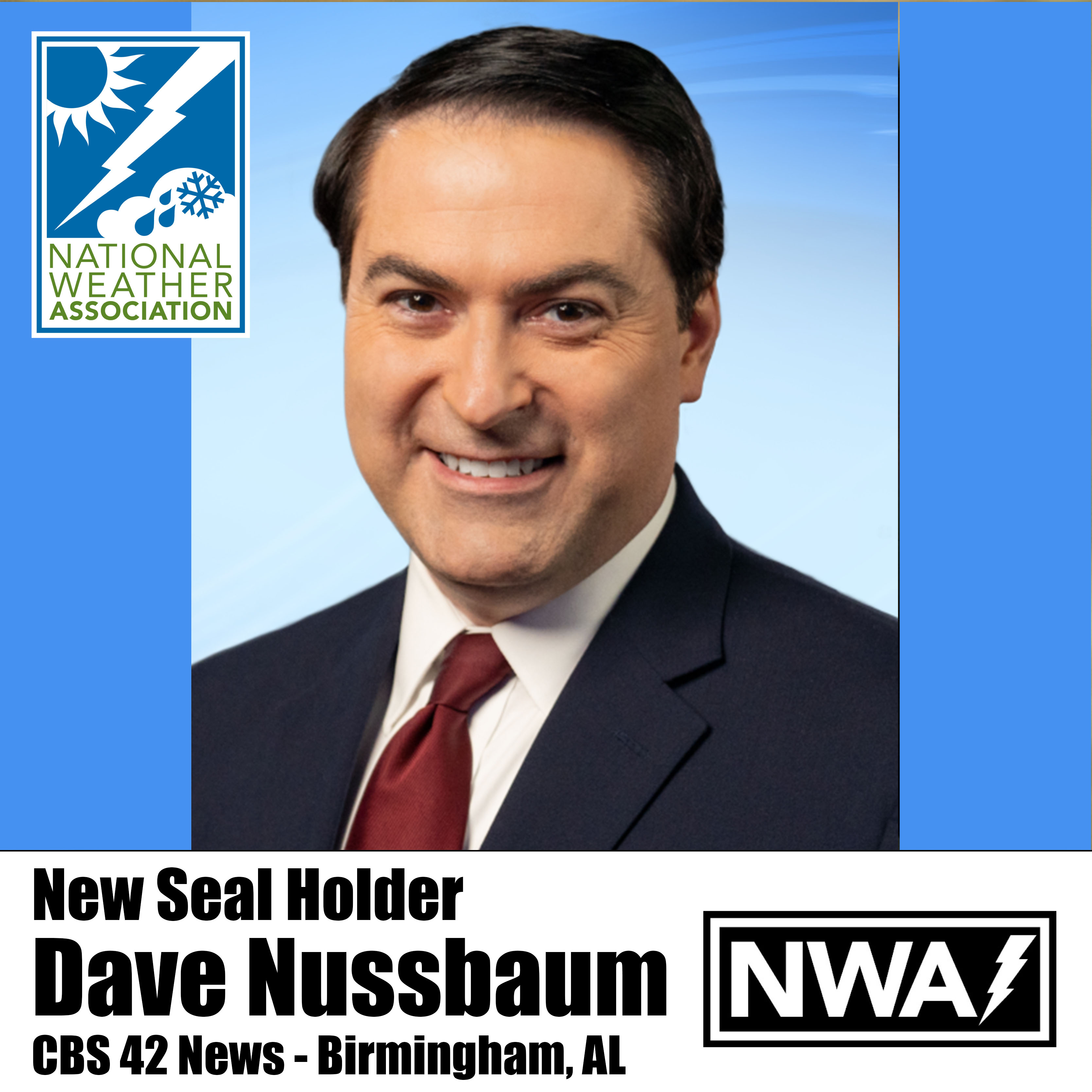
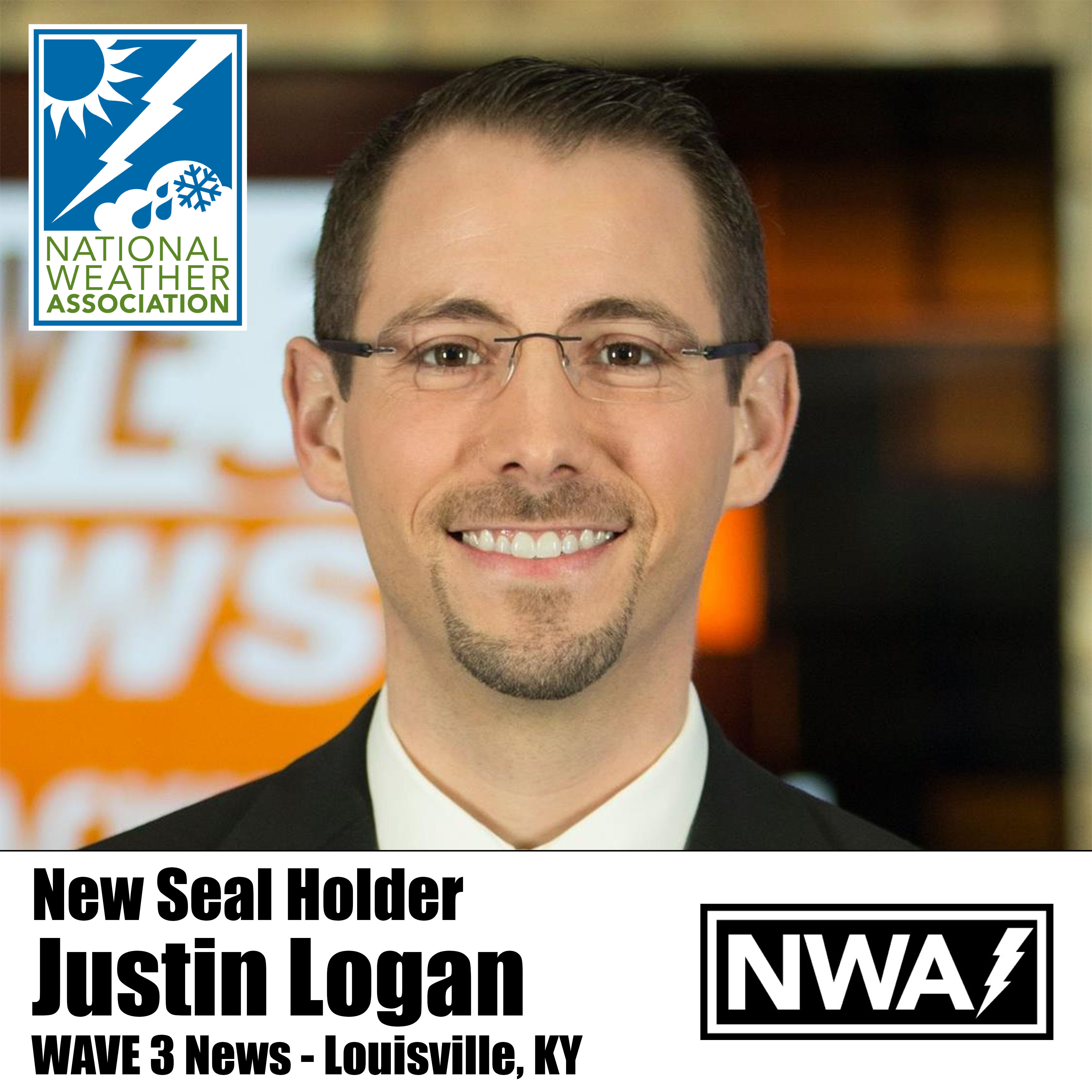 Justin Logan - WAVE 3 News | Louisville, KY
Justin Logan - WAVE 3 News | Louisville, KY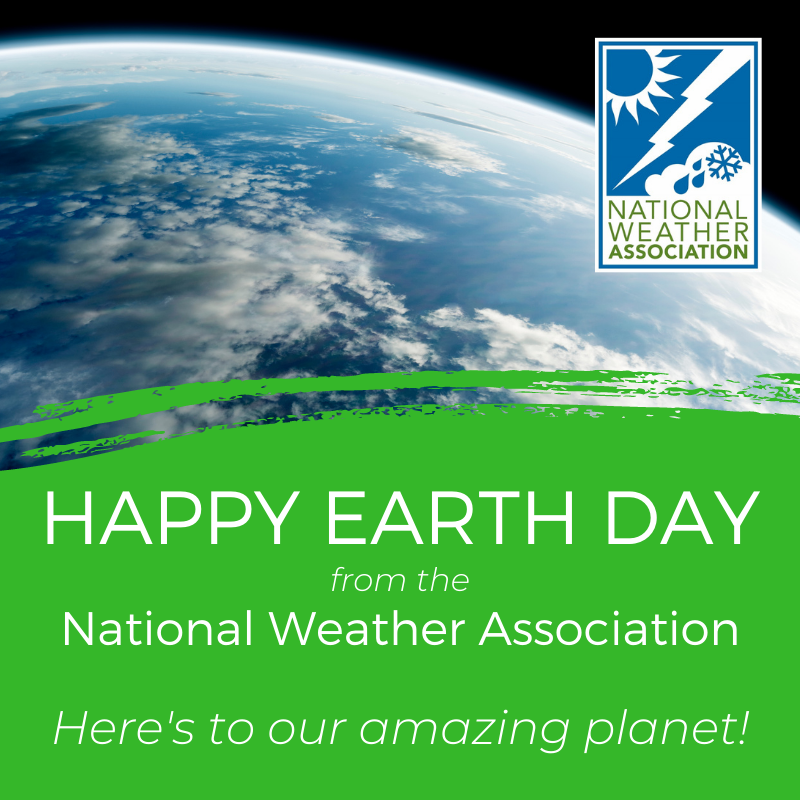


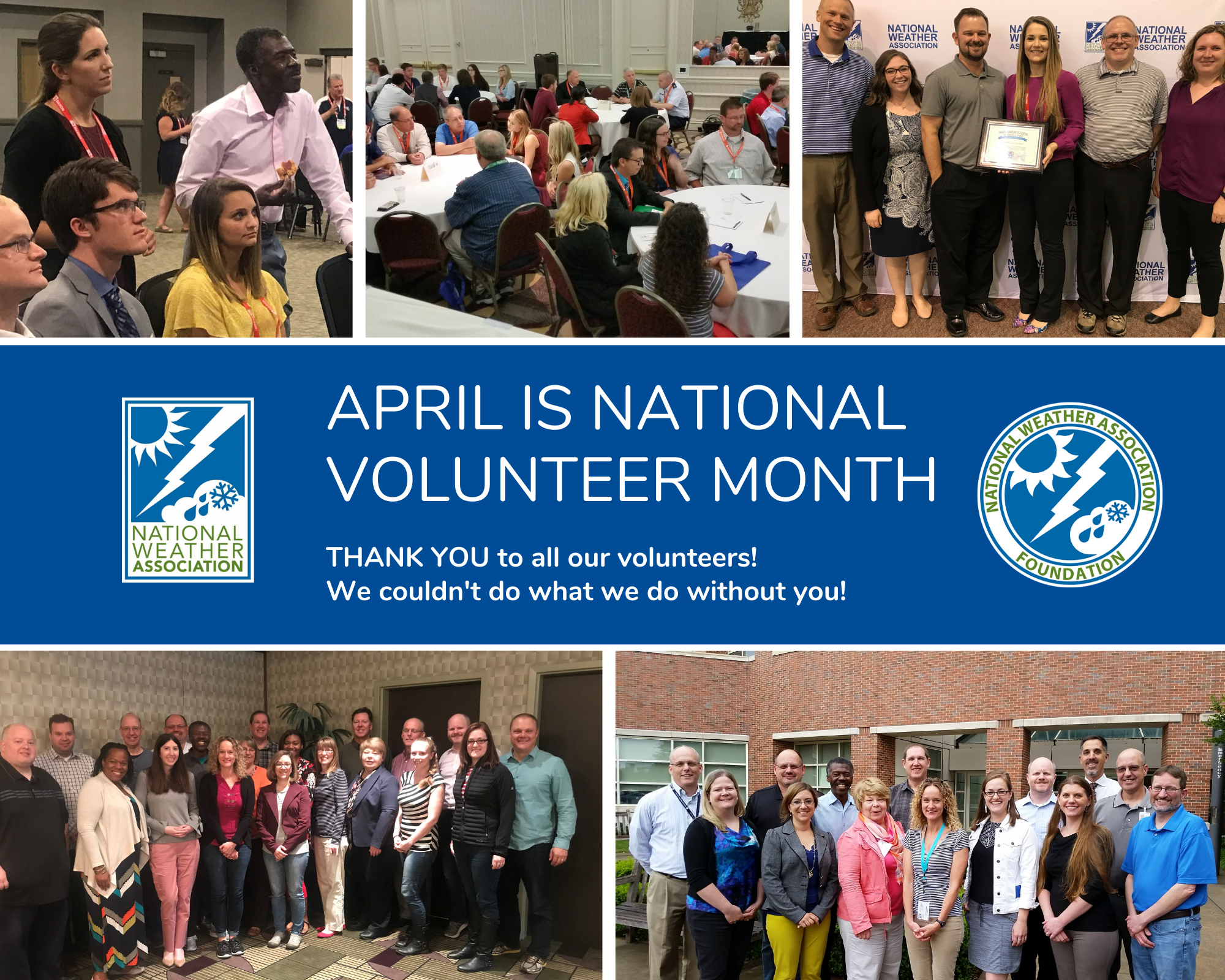
 Paul worked for a number of media outlets, including The Weather Channel, where he left lasting impressions on his colleagues. Nick Walker says of Paul, “He could speak authoritatively on almost any subject. I remember talking with him into the wee hours long after our shifts were over, fascinated at his ability to recall information.”
Paul worked for a number of media outlets, including The Weather Channel, where he left lasting impressions on his colleagues. Nick Walker says of Paul, “He could speak authoritatively on almost any subject. I remember talking with him into the wee hours long after our shifts were over, fascinated at his ability to recall information.” 